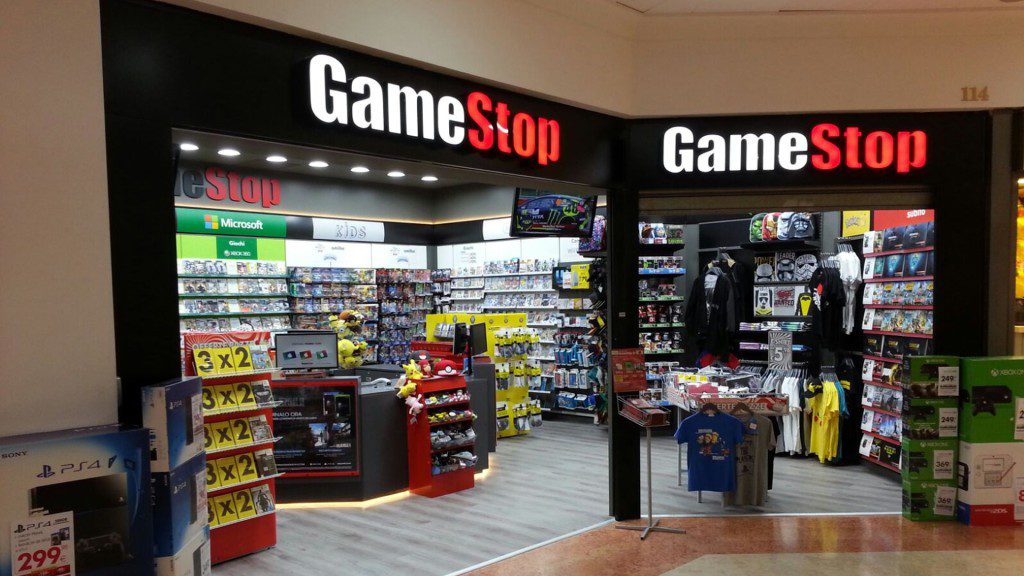What is Brand Voice?
Consistency is one of the best ways for brands to build trust with the audience. While there are many ways for brands to be consistent, your brand voice might be the most important. Let's learn a bit more about brand voice.
6 mins to read
As marketers, we're often guilty of focusing on the visual appeal of advertisements while giving less consideration to the tone or message they give. Visuals are called “eye-catching” for a reason: They grab our attention and won't let go. But because of similarity bias, our marketing content manufactures feelings of closeness and similarity among audiences. For this reason, we must remember to match the voice of the audience being targeted.
Customers want consistency and authenticity in brands. They want brands to speak to them almost like one of their peers. When you maintain a consistent voice across all marketing and communication channels, your customers will have a better idea of what to expect from their interactions with your business. Each good experience with a brand makes the consumer exponentially more likely to seek more interactions in the future.
Consistency in brand voice is a great source of trust for the audience. Having experienced marketing professionals in your corner is crucial for this since effective marketing copy is tailored to your actual audience, not abstract buyer personas.
Hence, the importance of brand voice.
The Personality of Your Business
Brand voice is, in essence, the way a business talks. It’s similar to how people have different tones and styles of speaking, reflecting a breadth of behavioral factors beyond just gender and size. This can include socioeconomic background, education, native language, religious upbringing, and their overall current situation.
Think of brand voice as essentially being the personality of your business. In fact, it helps to consider your marketing messages and customer outreach efforts as if they came from a single person: Who is your business? What kind of person do you see your brand being? Is there vocabulary or terminology that's particularly relevant to your market, audience, and product?
For example, a hospital shouldn’t promote medical procedures with don't-miss-these-limited-time-discounts in pricing. There are a number of reasons why this is a no-no, but the most essential reason is that people simply aren’t going to trust a doctor who’s more "used car salesman" than a medical professional.
Another thing to keep in mind is that you can't assume that your audience is going to receive 100 percent of every message in your marketing content. It rarely, if ever, happens because of a behavioral phenomenon called ad blindness, which is when a person tunes out, either consciously or unconsciously, parts of advertisements. This is something to keep in mind as you design your campaign content so you can create an informational hierarchy where more important information is harder to miss or overlook.
Brand voice is your way to make the most of your marketing. It's an opportunity for your brand to be recognizable in an emotional way rather than only a textual or graphical one. This same logic can be extended to your customer service and the way your media representatives interact with the general public.
Why Is Brand Voice So Important?
Brand voice is essential for both authenticity and consistency as well as attracting attention in the first place. The modern eCommerce landscape is full of different voices jockeying for attention. So no matter how much capital you invest in a campaign, you run the risk of having your marketing efforts drowned out by something louder.
When you have created the right brand voice, your business will stand out. Or put another way, it’s like a clear voice that rises above the chatter, the nonsense, and the spam.
Examples of Brand Voice
When a company has a good brand voice, it means the company is able to speak to the audience as a peer rather than as a salesperson. But what does that mean?
Let's take a look at some companies that gives us really great examples of brand voice.

GameStop
A retailer focusing on video games, both digital and physical, as well as a variety of gaming-related accessories, GameStop rose in popularity because of its hey-we're-just-like-you manner of engaging with the public. In its heyday, GameStop was excited, passionate, and driven by opinions... just like the company's impassioned patrons. Some might even call GameStop a little divisive.
Rivalries run high in the gaming industry because of the insane amount of revenue that's on the line. And by insane, we're talking about $216 million each month just in hardware sales. Overall, video games represent an industry of over $95 billion.
GameStop sought to differentiate itself from other video game retailers that had long been organizing products by genre. Instead, Gamestop designated sections of the store to each gaming console or platform. This meant shoppers could enter a GameStop store and make their way directly to the section of the store dedicated to PlayStation products or the section for Nintendo games.
(By separating gaming products between different consoles in stores, GameStop incited more competition between platforms and led directly into a period of very rapid improvement in video gaming tech.)
For quite a while, GameStop led the way when it came to exciting kiosks and product demos in stores. Even passersby were often lured into GameStop locations by the elaborate electronic advertisements spreading the word about new games and deals.
Pharmaceutical Marketers
In complete contrast to the creativity of a brand like GameStop, medical marketing agencies have to be clear, concise professionals who convey information accurately and efficiently. Like a doctor, they must deliver a complete information package, both good and bad (positive results and side effects), quickly.
A medical marketing company writes pitches to carry an ultimate message of positivity since they want to convey the ways that a drug can make their patients better while also making them aware of the possibility of negative outcomes. The importance of accuracy and efficiency will color all interactions between brand and audience.

Bass Pro Shops
Like hunters, advertisers of hunting gear (camo vests, hats, binoculars, boots, and rifles) sound ambitious, confident, and in control of the situation. Take Bass Pro Shops. The company name gets straight to the point, presented using a strong font to get the point across fast. They stand out steadfast and stoic in a way that matches the way their target audience stands against the elements.
Many of these same principles that are implied in the company's logo are reinforced across its marketing content. For example, Bass Pro Shops rarely, if ever, publish marketing content that's passive, flighty, or heavy on urban slang because the company knows those traits don't appeal to rural hunters.
Baby Food
Compare that strength to the gentler and softer tone Gerber, a baby food company, might employ. They take on a nurturing attitude, centered around giving comfort and security to a delicate infant in the earliest stages of their life.
Their commercials use a soothing voiceover over videos of gentle family life. They avoid loud noises and harsh, jarring language. They then combine this nurturing attitude with a willingness to invest in the future. Gerber matches the attitude of parents of newborns to make them feel more aligned with the message of the company.
How to Find Your Brand Voice
To start building your brand voice and deliver a more targeted approach to your customers, document everything.
If your marketing department is broken into separate teams that cover particular channels, consider bringing everyone together to document everybody’s discussions, ideas, thought processes, reoccurring phrasing or imagery, stories, and so on.
It’s also good to bring customers into the discussion too. Review some of your business’s earliest reviews, compare them to more recent reviews, and see if you find any common threads between them. Then sit down and audit everything. As you audit, ask yourself these questions:
Are We Consistent in How We Engage Customers Across All Channels?
Regardless of how they choose to connect, your customers should always get the same “vibe” from your business. Once you have found your brand voice, you should establish a set of guidelines—e.g. words, phrases, themes—so that each brand interaction strengthens the consumer-brand relationship.
Does Our Personality Match the People We Want To Reach?
If you don’t know who your audience is or how to reach them then you should do more research. Identify the age, economic background, education, location, and as many other characteristics of your audience as you need.
With that information, you’ll start to get a better picture of how to communicate to your audience. This means you’ll be able to use the types of language that they respond to, delivered where they’re most likely to receive it.
This research also helps you identify slang, regional vocabulary, tone, and other cultural markers that your colleagues and competitors might not know about. Since you can see vast cultural differences between populations inhabiting the same space at the same time, you can imagine this becomes a more significant consideration for companies whether they sell from town to town, state to state, or country to country.
Are We Using the Right Tone for the Situation?
There’s not one tone that fits all situations. As you try to maintain the voice of your business, remember that you can—and sometimes should—adjust your brand voice as needed. For example, you could do any of the following:
- Announce your products with excitement and enthusiasm
- Handle customer service complaints with confidence and care
- Maintain a confident tone
- Interact more casually on social media
Alan + Company Helps You Stand Out From the Crowd
As a boutique marketing agency that knows the ins and outs of the eCommerce ecosystem, Alan + Co knows how to make your brand voice stand out in the crowd. We'll show you how to find your brand voice and use it to offer a customer experience unlike any other.
Discussion